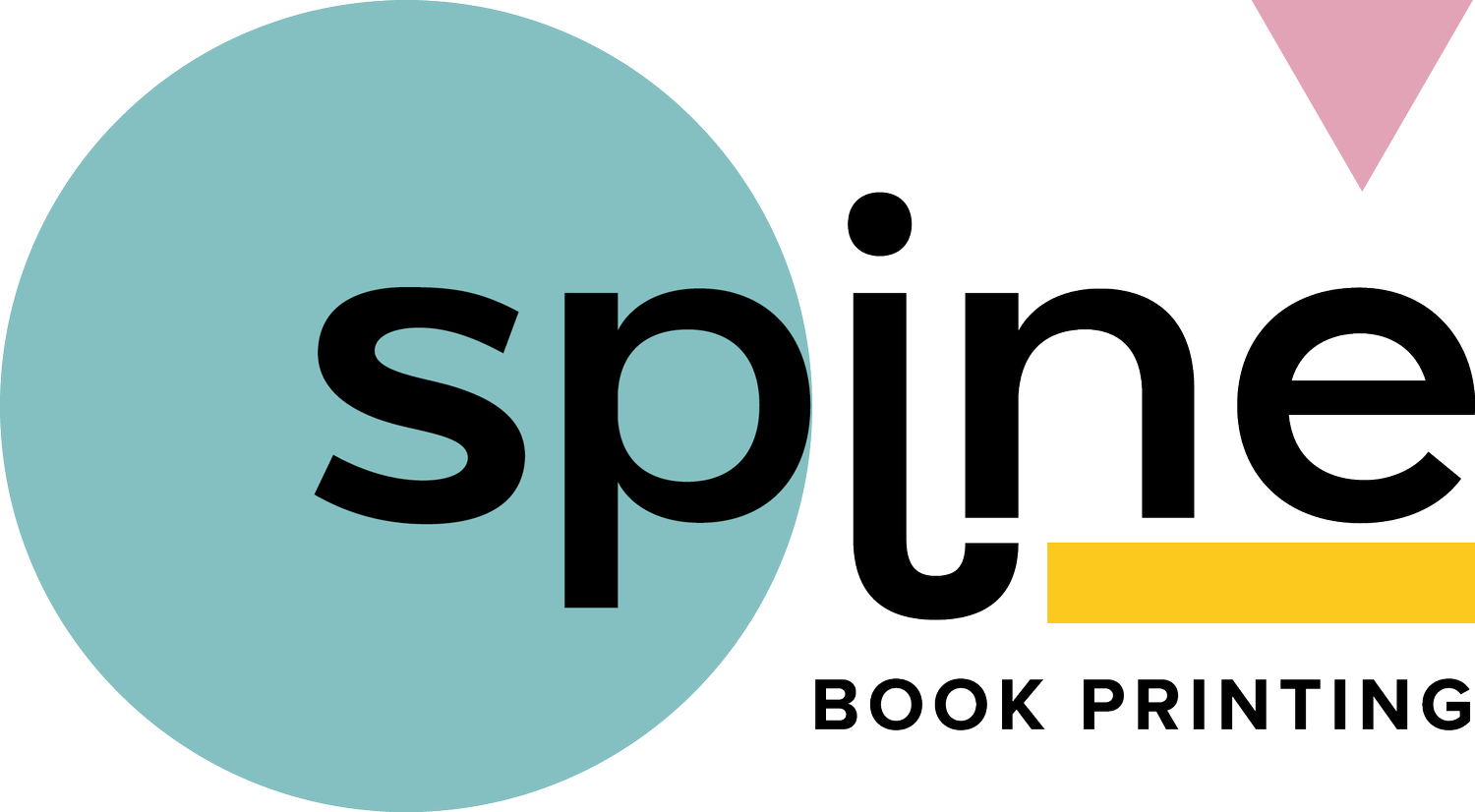Understanding the Book Printing Costs for Self-Publishers
Creating a book is more than just compiling words on paper; it's about crafting a reading experience. A well-designed book layout makes the reading journey enjoyable and seamless. However, neglecting the finer details can drive readers away before they even finish the first chapter. Poor layout choices such as awkward font selection, inconsistent spacing, and cluttered pages can make a book hard to follow, distracting readers from your narrative. It's worth taking the time to understand these potential pitfalls, ensuring your book appeals to its audience.
One element that can significantly impact the quality of a book's layout is the paper on which it's printed. A5 Print Paper is particularly popular for self-published works due to its combination of size, weight, and versatility. This paper choice helps present a clean, professional finish, making it easier to achieve the ideal balance between text, imagery, and white space. Keeping your book's layout reader-friendly requires careful consideration of each detail, serving as a silent but telling indicator of your work's overall quality.
Factors Influencing Book Printing Costs
Being informed about the main factors affecting book printing costs can help you make smarter decisions. Here are important elements to consider:
- Type of Printing: Hardback, paperback, novel, A4, and A5 sizes each have different costs. Each type has unique uses and looks.
- Choice of Paper: Options like 100gsm uncoated or 150gsm silk impact the book's feel and appearance.
- Cover Options: Matt or gloss lamination can change the cover's texture and shine, influencing the price.
- Colour Decisions: Choosing black and white instead of full colour printing can greatly reduce costs, especially if colour is not crucial.
- Print Run Size and Quantity: Larger runs typically mean lower cost per unit but need more upfront spending.
Considering these factors early helps you create a budget that suits your needs and limits. Balancing these elements prevents overspending on features that don't add value to your book.
Understanding the possibility of hidden expenses is also essential. These costs can disrupt even the best-planned budget if not anticipated and managed properly.
Hidden Costs in Book Printing
Printing a book involves more than choosing paper and covers. Hidden costs can sneak into your budget, catching you off guard. Shipping and handling fees are a common example, varying with book size and weight. Understanding these fees helps avoid sudden budget changes.
Design and typesetting expenses are another key point. Professional-looking books often need expert designers, which adds to costs. Their input can turn a simple manuscript into an attractive book.
Proofreading and editing are necessary steps in publishing. Hiring professionals for a thorough review ensures a polished final product. However, these services might not always be included in your printer's initial estimate.
Furthermore, unexpected changes and revisions can be costly. Once printing starts, alterations can increase expenses. Checking all details before printing is beneficial. Careful planning can prevent these surprise fees.
Tips for Managing Book Printing Costs
Effective cost management in book printing can spare you a lot of trouble. Here are a few strategies to help keep costs down:
- Planning and Budgeting: Establish a clear budget and adhere to it. Anticipate extra expenses and consider them from the start.
- Comparing Quotes: Gathering quotes from various printers gives you more options. Comparing them helps find the best deals.
- Balancing Cost and Quality: Choose economical options that maintain quality. A small compromise, like using fewer colour pages, can be effective.
- Communication: Maintain open communication with your printer. Clear and regular contact can prevent costly misunderstandings.
These strategies help you manage your finances effectively while obtaining top-quality prints. It's about balancing cost and your creative goals for the book.
Making the Most of Your Budget
Smart spending decisions can stretch your budget. Start by focusing on essential elements that impact readers most. Consider bulk printing for lower per-book costs, though it needs initial investing.
Look for promotions too. Many printers offer discounts at various times, saving you money on large orders. Even small savings matter when working with a tight budget.
Overall, careful planning and fund allocation will ensure success in publishing. Understanding your options and adjusting as necessary leads to a smoother, less stressful process.
Taking the time to understand every detail of your printing options can really help you stay on budget. If you're looking to get the most from your investment, especially for a paperback novel, working with a dependable provider like Spine Book Printing can make a difference. Learn more about how book printing costs can impact your choices and help you plan smarter for your next project.

